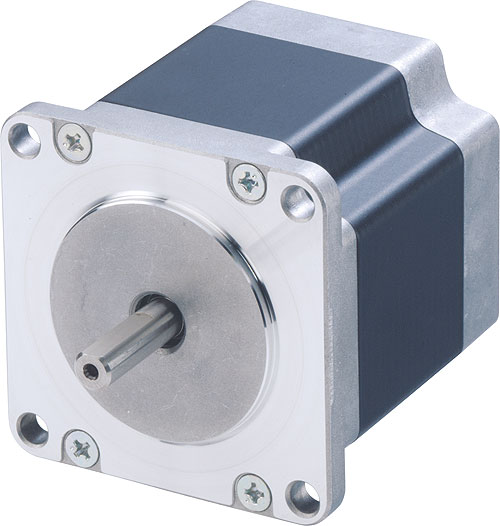The Restriction of Hazardous Substances Directive (RoHS), adopted by the European Union in 2003, changed the world of electronics manufacturing forever — especially with regard to solder. The lead-free solder necessary for RoHS compliance presents a set of unique challenges to PCB-manufacturing businesses.
While no one is disputing the fact that lead-free solder is less hazardous to those working in PCB assembly, working with unleaded solder has its complications. Lead-free solder doesn’t flow as easily as traditional leaded solder and, compared to a PCB using leaded solder, the soldered joints on a circuit board using lead-free solder will look noticeably different. You’ll also notice a dearth of top fill on through-plated PCBs (you’ll seldom get more than a seventy-five percent fill). In addition you’ll notice that unleaded solder joints are less shiny than joints using traditional solder because of the differences between the alloys.
It’s important to note that lead-free solder melts at a higher temperature than leaded solder. The exact melting temperature depends on the particular unleaded alloy you choose. A common mixture is ninety-nine percent tin, point seven percent copper, and point three percent silver; this alloy will melt and flow pretty well at two hundred seventy-five degrees.
Replacing and Modifying Equipment
There’s a good chance that the majority of your existing soldering equipment will need modification or replacement for lead-free soldering. You will at least need to replace your soldering irons’ tips — to avoid possible contamination issues — or you may need to replace your soldering irons and soldering stations altogether if they can’t reach the higher temperatures required for melting unleaded solder. Larger soldering equipment (e.g., wave soldering machines) will likely need to have their soldering baths replaced and you should consider replacing your flux as well because the PCBs you’ll be soldering will be lead-free, too.
With regard to solder pots and other types of hand-operated soldering equipment, you can either replace their baths or you could empty the equipment of solder, clean the bath, and coat it with oxide paint, which will save you some money; once the oxide paint has dried you can go ahead and fill your bath with lead-free solder and you’ll be ready to begin soldering again. While transitioning from traditional solder to unleaded solder can seem like a hassle, it’s rather easy and requires minor adaptation.













